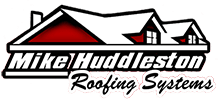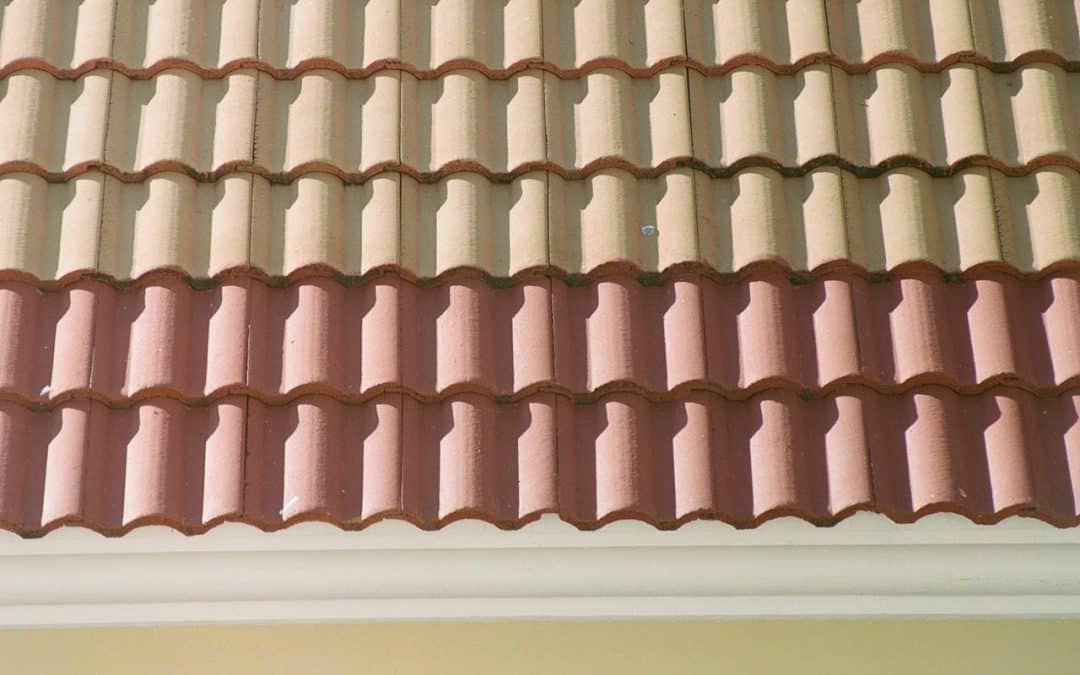Choosing the right roofing for your home is an important decision. Shingle roofing is a popular choice because of its affordability and ease of installation. However, understanding its lifespan and maintenance needs can help you make the most out of your investment. Taking good care of your shingle roof ensures it will last as long as possible, protecting your home from the elements and saving you money on costly repairs.
The typical lifespan of shingle roofing varies based on the type of shingles used. Asphalt shingles, for example, generally last between 15 to 30 years. Other types, like architectural shingles, can last up to 50 years. Knowing what to expect from your specific shingles helps you plan for regular maintenance and eventual replacement.
Maintaining your shingle roof involves regular inspections and addressing minor issues before they become major problems. Missing or damaged shingles, clogged gutters, and moss growth can all affect the lifespan of your roof. By keeping an eye out for these common issues and taking early action, you can extend the life of your shingle roofing system and avoid costly repairs.
Understanding the maintenance needs and lifespan of shingle roofing helps you protect your home and investment. In the following sections, we’ll explore various aspects of shingle roof care, from common maintenance tasks to signs that it’s time for a replacement.
Understanding the Lifespan of Shingle Roofing
The lifespan of shingle roofing varies based on the type of shingles used and the climate where you live. Asphalt shingles, the most common type, typically last between 15 to 30 years. Architectural shingles, which are thicker and more durable, can last up to 50 years. Factors like weather conditions, roof pitch, and ventilation can also affect the lifespan of your shingles.
Exposure to extreme weather conditions like heavy rain, snow, and intense sunlight can shorten the life of your shingles. Regular inspections can help you catch small issues before they become big problems. Pay attention to any signs of wear and tear, like curling or missing shingles, which can indicate that your roof is aging faster than expected.
Environmental factors also play a significant role. For example, roofs in coastal areas might experience a shorter lifespan due to salt and moisture in the air. Understanding the specific conditions your roof faces can help you manage its maintenance needs better.
Common Maintenance Needs for Shingle Roofs
Maintaining a shingle roof involves regular inspections and timely repairs. One of the most important tasks is checking for missing or damaged shingles. Broken shingles can lead to leaks, which can cause significant damage to your home’s interior. Replace any damaged shingles immediately to keep your roof in good shape.
Cleaning your gutters is another crucial maintenance task. Clogged gutters can cause water to back up and seep under your shingles, leading to rot and mold. Ensuring your gutters are clean and free of debris helps prevent this type of damage. It’s recommended to clean your gutters at least twice a year, especially after the fall season when leaves can accumulate.
Checking for moss and algae growth is also essential. Moss can lift shingles, creating spaces where water can accumulate and cause leaks. Remove any moss or algae you find using a specialized cleaner designed for roofs. Installing zinc or copper strips can also help prevent future growth, keeping your roof cleaner in the long run.
Tips for Extending the Life of Your Shingle Roof
Extending the life of your shingle roof involves regular maintenance and some proactive steps. Here are some tips to help you get the most out of your roof:
1. Regular Inspections: Schedule routine inspections at least twice a year, ideally in the spring and fall. Look for signs of wear and tear, such as curling or missing shingles, and address any issues immediately.
2. Proper Ventilation: Ensure your attic and roof have proper ventilation. Good airflow helps prevent moisture buildup, which can cause mold and rot. Ventilation also helps regulate temperature, reducing the risk of ice dams in winter.
3. Tree Trimming: Keep trees trimmed back from your roof. Overhanging branches can scrape and damage shingles, and falling leaves can clog gutters. Keeping trees trimmed prevents these problems and prolongs your roof’s life.
4. Cleaning Debris: Remove debris like leaves, twigs, and dirt from your roof regularly. Accumulated debris can trap moisture and cause shingles to deteriorate more quickly. A clean roof is less likely to develop moss and algae problems.
By following these tips, you can help your shingle roof last longer and keep it in excellent condition, reducing the need for costly repairs or premature replacement.
Signs It’s Time to Repair or Replace Your Shingle Roof
Knowing when to repair or replace your shingle roof is crucial for protecting your home. Here are some signs to watch for:
1. Visible Damage: Look for cracked, curling, or missing shingles. If you notice these issues, it’s time for repairs. Extensive damage might mean it’s time for a full replacement.
2. Leaks and Water Damage: Water stains on your ceiling or walls often indicate a leaky roof. If you see water spots, it’s essential to inspect your roof immediately. Addressing leaks promptly can prevent more severe structural damage.
3. Granule Loss: As shingles age, they lose granules, which can end up in your gutters. If you notice a lot of granules in your gutters, it means your roof is wearing out and may need replacement soon.
4. Age of the Roof: Consider the age of your shingle roof. If it’s nearing the end of its expected lifespan (usually between 15 to 30 years), it might be more cost-effective to replace it rather than continue with repairs.
By recognizing these signs early, you can take action to repair or replace your roof, ensuring your home remains well-protected from the elements.
Conclusion
Understanding the lifespan and maintenance needs of shingle roofing is vital for any homeowner. By knowing what to expect and how to take care of your roof, you can extend its life, save money on repairs, and keep your home safe. Regular inspections, proper ventilation, and prompt repairs can make a significant difference in the longevity of your shingle roof. Recognizing the signs of wear and damage early also helps you decide whether repairing or replacing the roof is the best course of action.
If you’re ready to take the next step in caring for your shingle roof, contact Mike Huddleston Roofing Systems today. Our team of expert shingle roofers can help you with all your roofing needs, from inspections to repairs and replacements. Ensure your roof is in top shape and protect your home for years to come!

